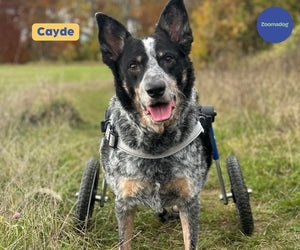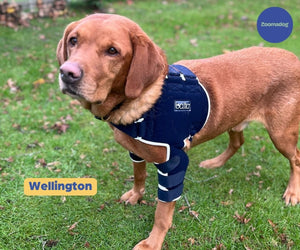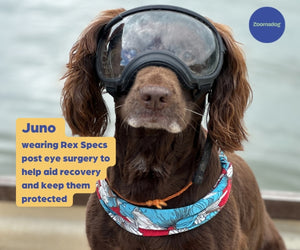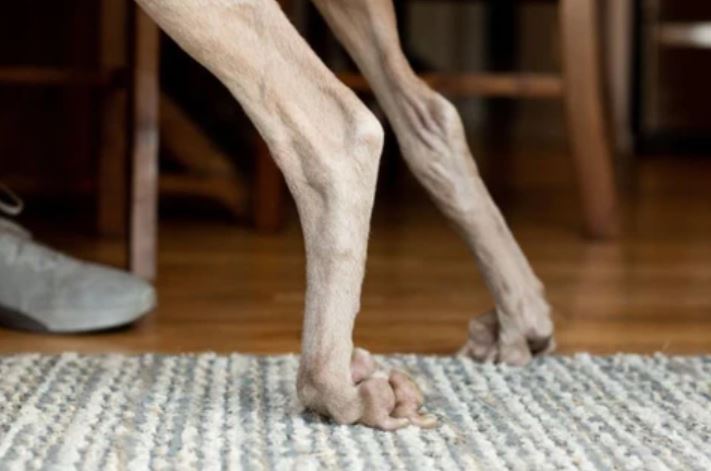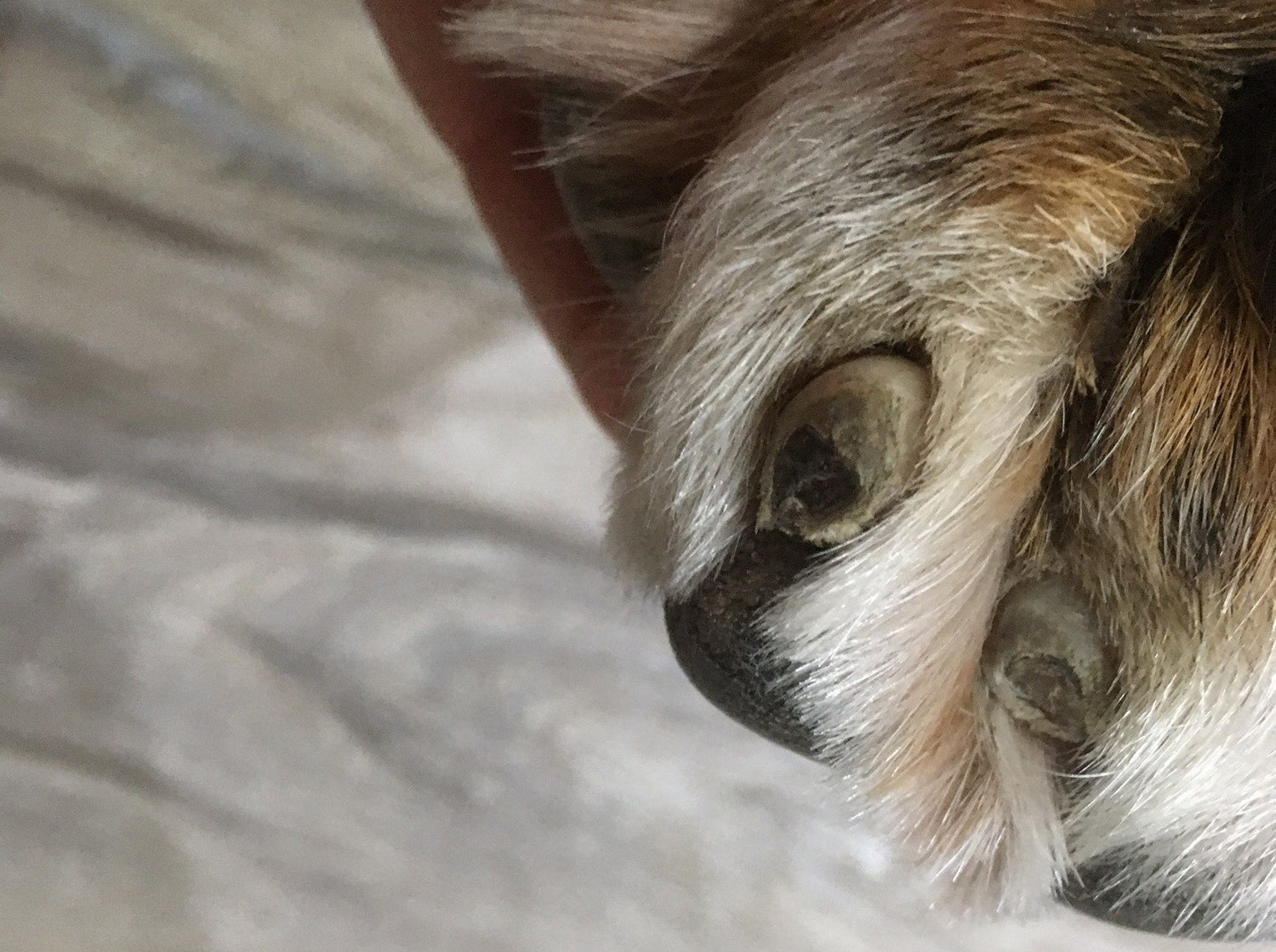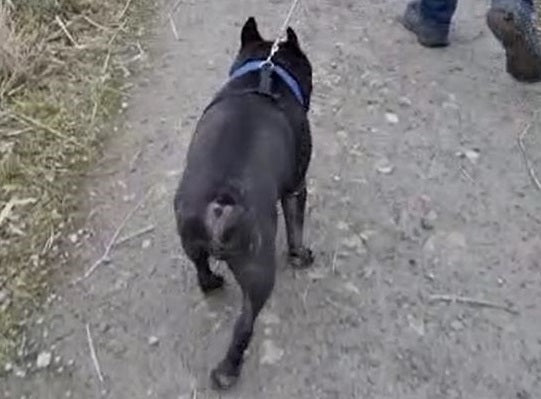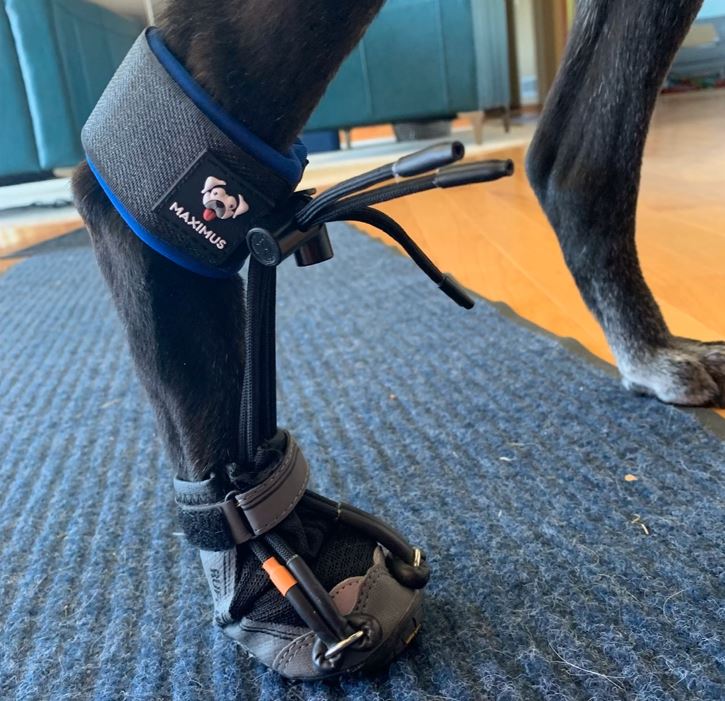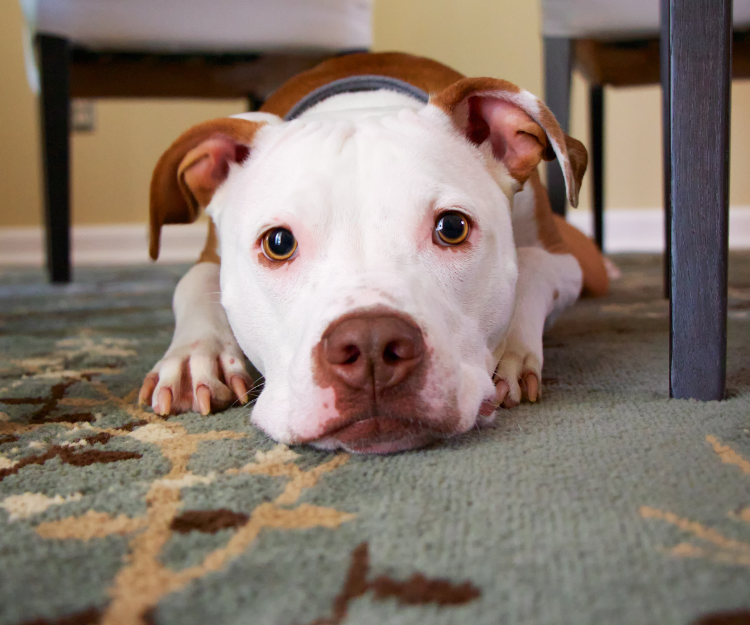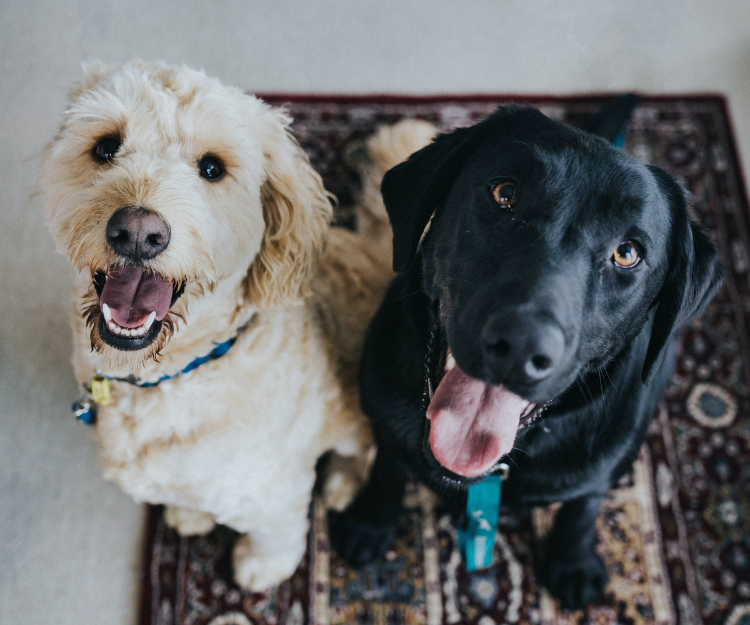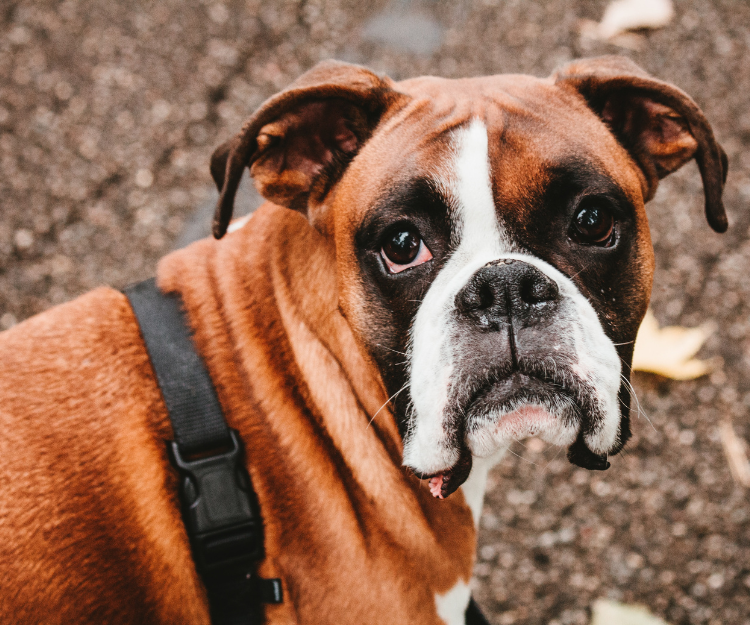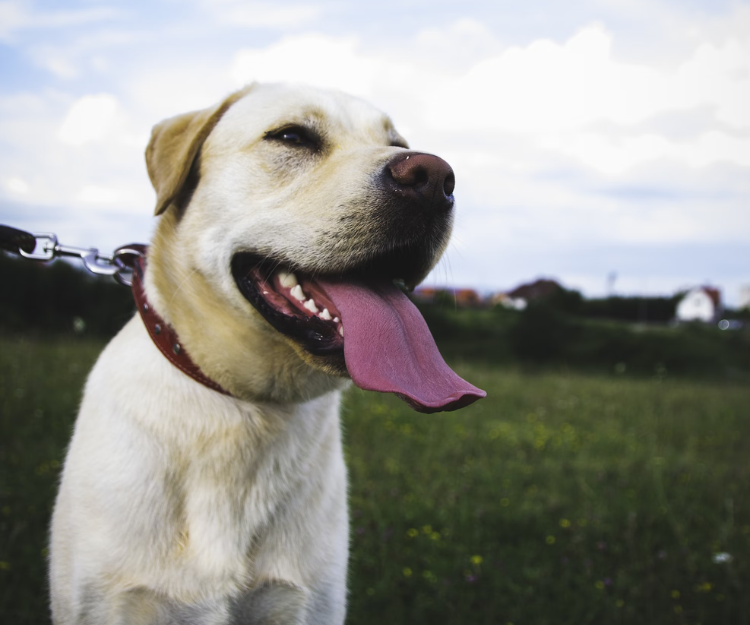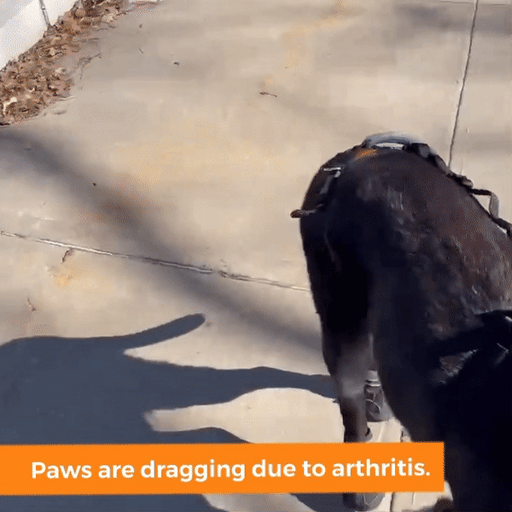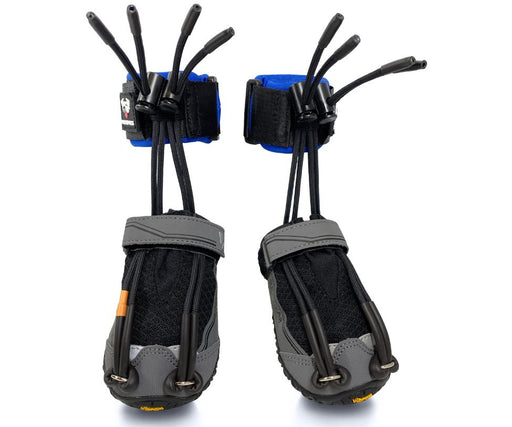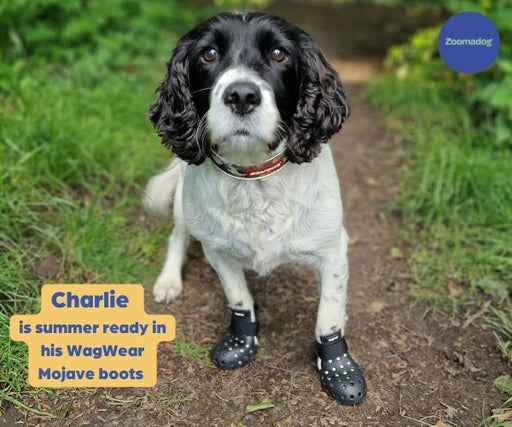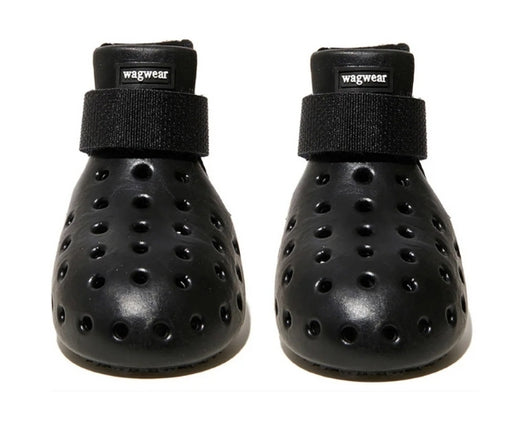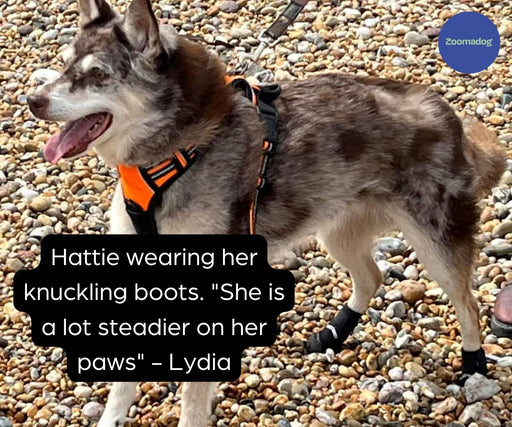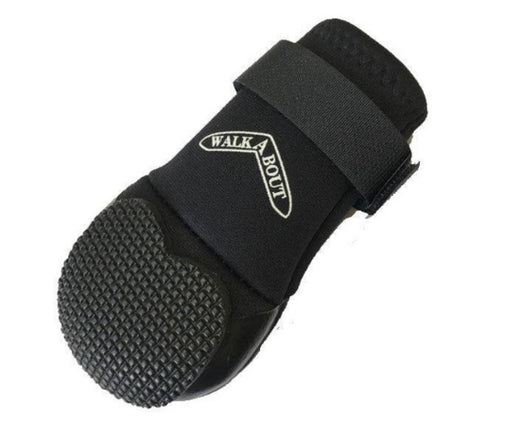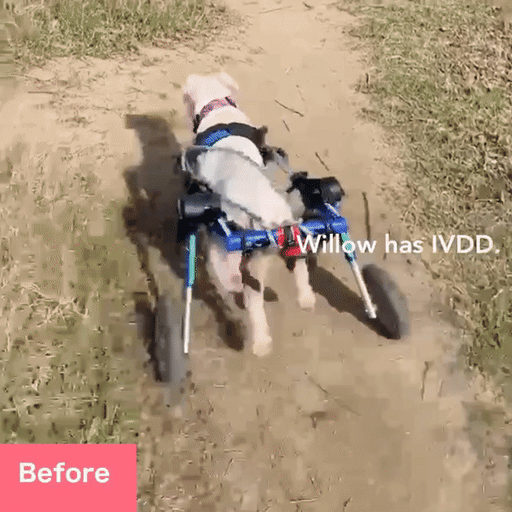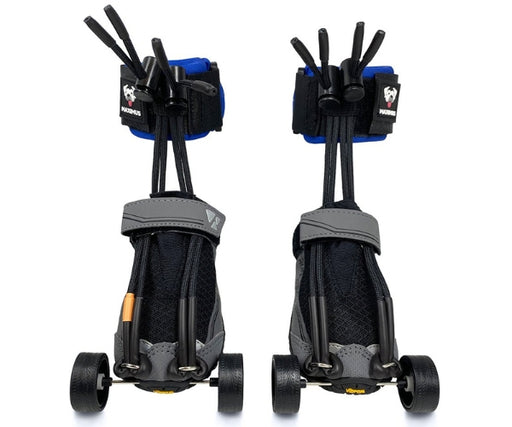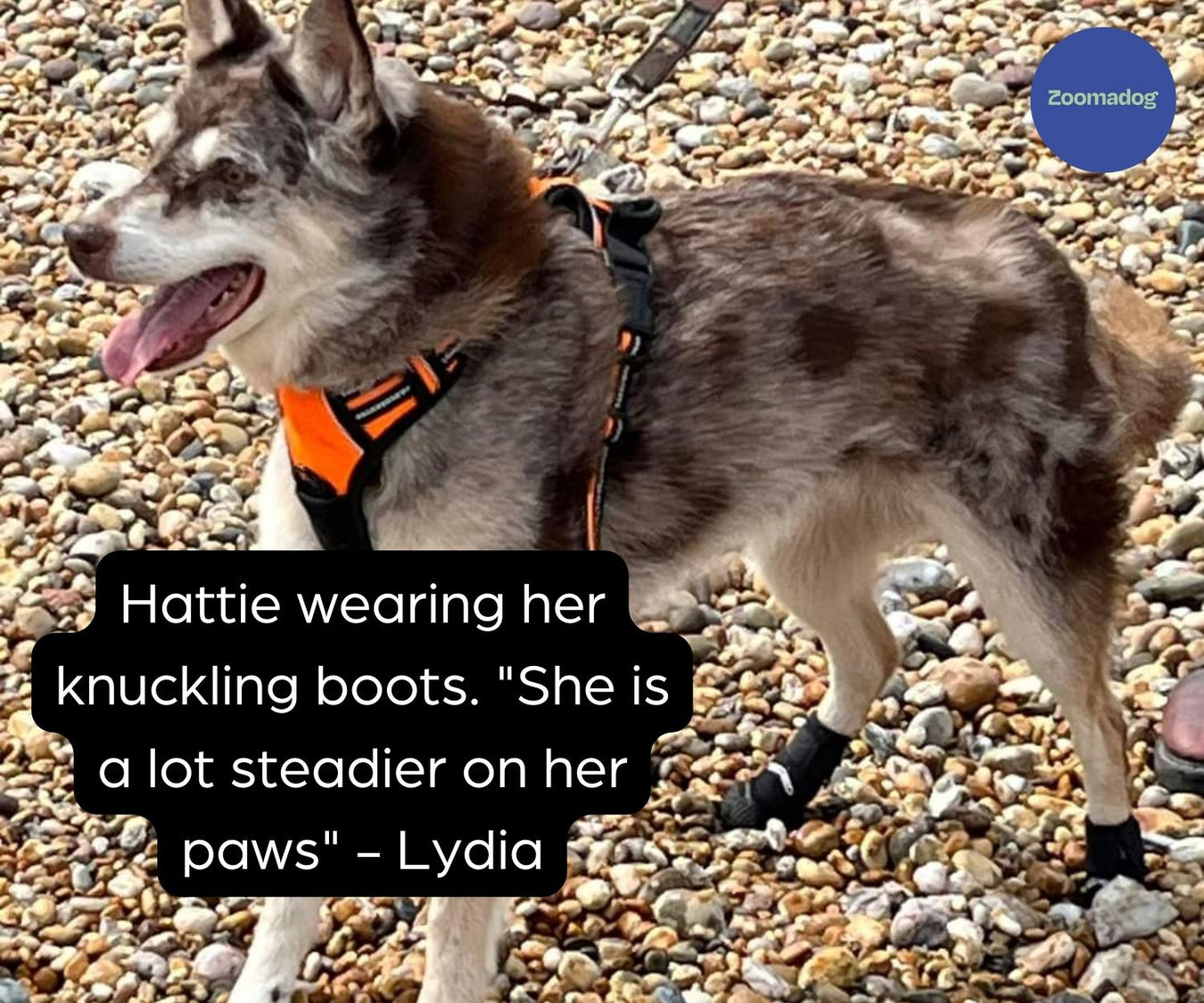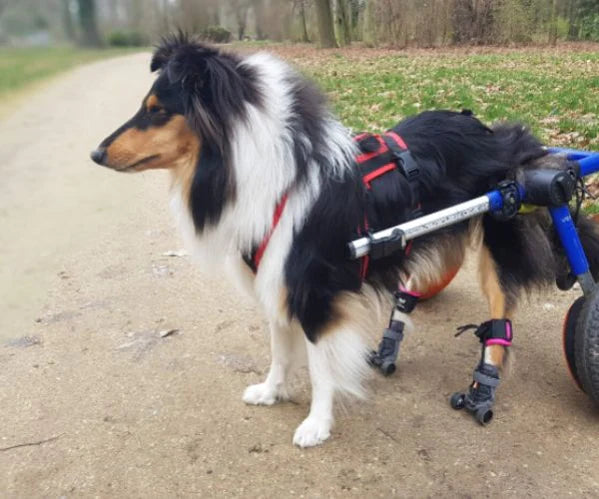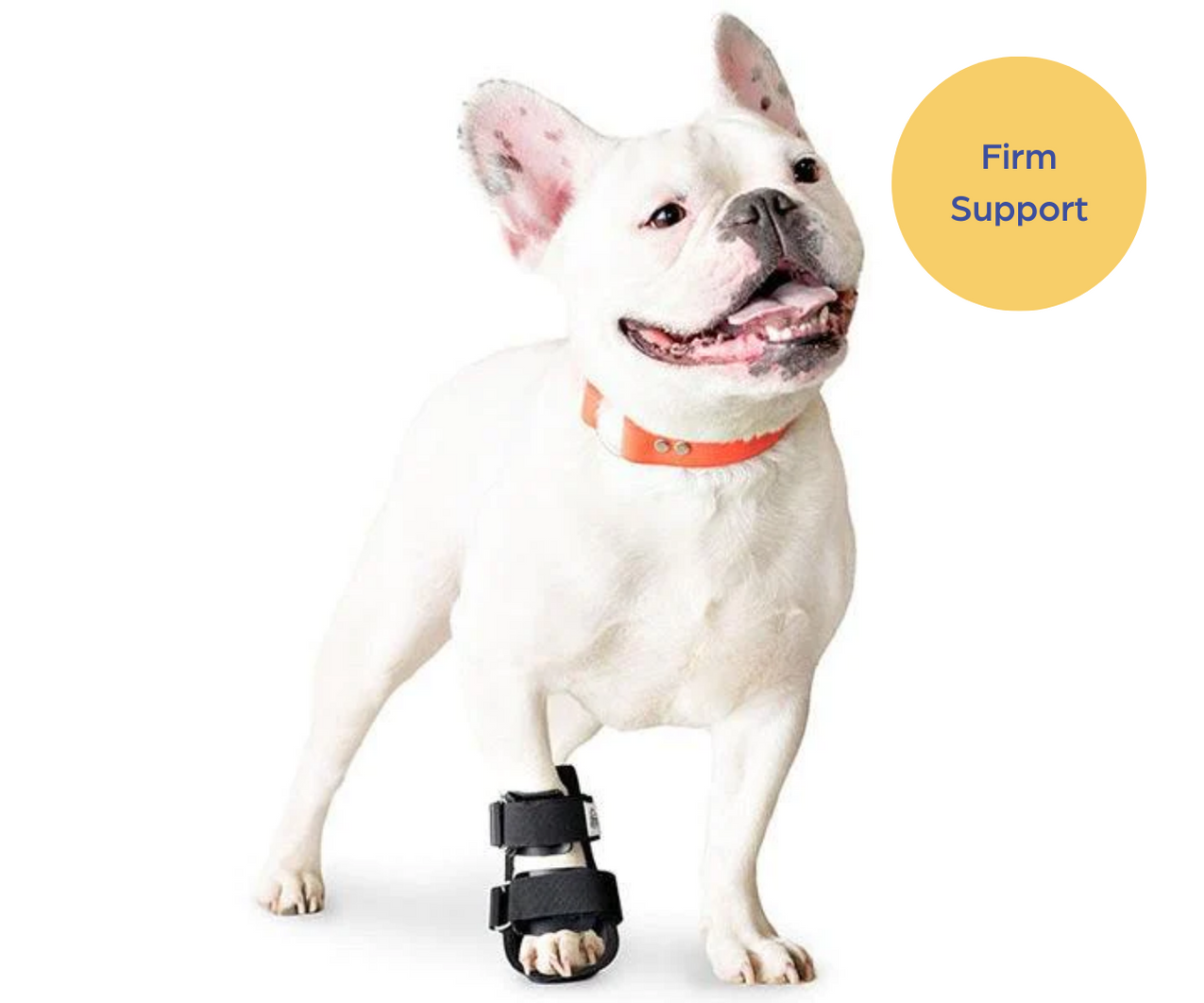If your dog’s knuckling is caused by a progressive condition, the knuckling on paws can become more severe. You will see:
- The paw is curled over and stays in this fixed position almost constantly.
- Your dog struggles to walk short distances without damaging their paws, skin, or nails.
- Your dog is weaving around and looking unsteady on their feet. This is particularly true if it is rear paw knuckling.
What is mild, moderate and severe dog knuckling?
- Mild knuckling is slight curling in the paws, where the skin and nails can be protected by boots. Knuckling paws might come and go throughout the day.
- Moderate knuckling is fixed paw curling. Your dog can walk but is limited, often falling over or needing to be consistently unsteady.
- Severe and aggressive knuckling is the completely fixed position of the paw. Your dog may not be able to walk at all as it is so painful.
Can I do anything to prevent my dog from knuckling?
If your dog knuckles, there are very few preventative measures you can take before it happens, as genetics play the leading role in dictating if your dog will have dog knuckling.
In particular, some breeds are more prone to these genetic diseases, such as IVDD and Degenerative Myelopathy. IVDD, in particular, affects short-legged breeds. If you have one of these breeds, ensure they aren’t carrying extra weight. Obesity can make a dog more susceptible to spinal injuries. Be careful about your dog jumping off the sofa or running up and down stairs. Think about putting down non-slip mats at home (see below).
If your dog might have Degenerative Myelopathy, this is an inherited genetic condition. You can't prevent it, but you can screen for it by genetically testing your dog.
Rear vs. front knuckling in dogs
Rear knuckling is the most common type of dog knuckling as most medical conditions mentioned above start or affect the hind paws, primarily Degenerative Myelopathy. Knuckling might start in one rear paw, but most commonly, it will soon affect both back paws.
If your dog knuckles with their front paw, this is rare and will likely only affect one paw. Getting a custom anti-knuckling brace for this paw is best to help correct the paw action.
Read more about dogs who Front Knuckle here and how to help here.
What breeds and ages commonly suffer from dog knuckling?
Any breed can suffer from dog knuckling.
In terms of age - a dog walking on their knuckles can happen at any age. Paw knuckling in older dogs is more common than in younger dogs, as most knuckling medical conditions occur later in life. Knuckling in puppies is a known condition. Read more about dog knuckling in puppies here to help your puppy live a more active life.
Obesity and paw knuckling
Be careful with your dog's weight. The more weight they carry, the more damage they can cause to their rear knuckling paws, skin, and nails.



